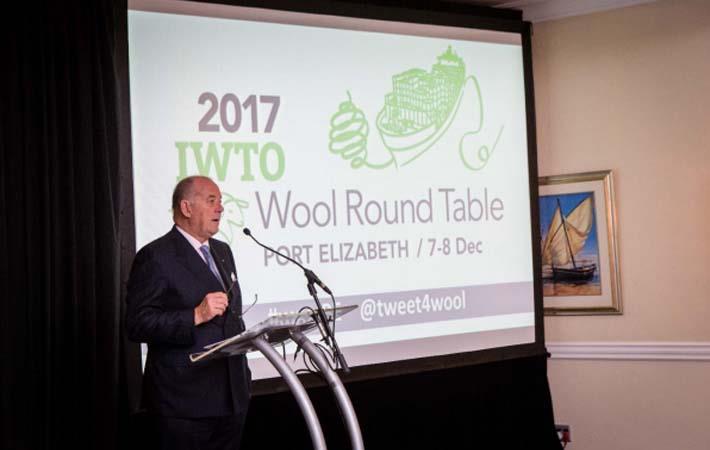Brussels-based International Wool Textile Organisation (IWTO) recently discussed the unfair classification of wool by powerful organisations promoting petroleum-based fibres at its annual Wool Round Table in Port Elizabeth, South Africa. Experts termed ranking of wool and other natural fibres below synthetic fibres in sustainability ratings counterintuitive.
A big reason for the low rankings is oversimplification — ratings specialists want to come up with a single score, and make subjective weightings to environmental impact assessments such as land use and eutrophication, according to an IWTO press release.Brussels-based International Wool Textile Organisation (IWTO) recently discussed the unfair classification of wool by powerful organisations promoting petroleum-based fibres at its annual Wool Round Table in Port Elizabeth, South Africa. Experts termed ranking of wool and other natural fibres below synthetic fibres in sustainability ratings counterintuitive.#
As wool sheep are run on land that does not support more lucrative crops, to penalize wool for land use when it is probably the best use of the land makes little sense, said Geoff Kingwill, who chairs IWTO’s sustainable practices working group. The oversimplification of farm practices is misleading and steers consumers in the wrong direction, he said.
Rating charts often fail to consider the complete life of wool products and hence comparisons are skewed, the meeting pointed out. A recent fashion textile report, for example, compared fibres on the “materials” phase, or production phase, only. For wool this means up to the farm gate, where about 80 per cent of wool’s environmental impacts occur.
Far fewer impacts occur later in the life of a wool product — wool garments need to be laundered less frequently than those of other fibres, and there is evidence that wool products are used for longer than their less-natural counterparts.
“The environmental footprint score should include all significant impacts. Land use, biodiversity, microplastics — we may not have the methods, but they must be considered,” said life cycle assessment expert Beverley Henry. (DS)
Fibre2Fashion News Desk – India
